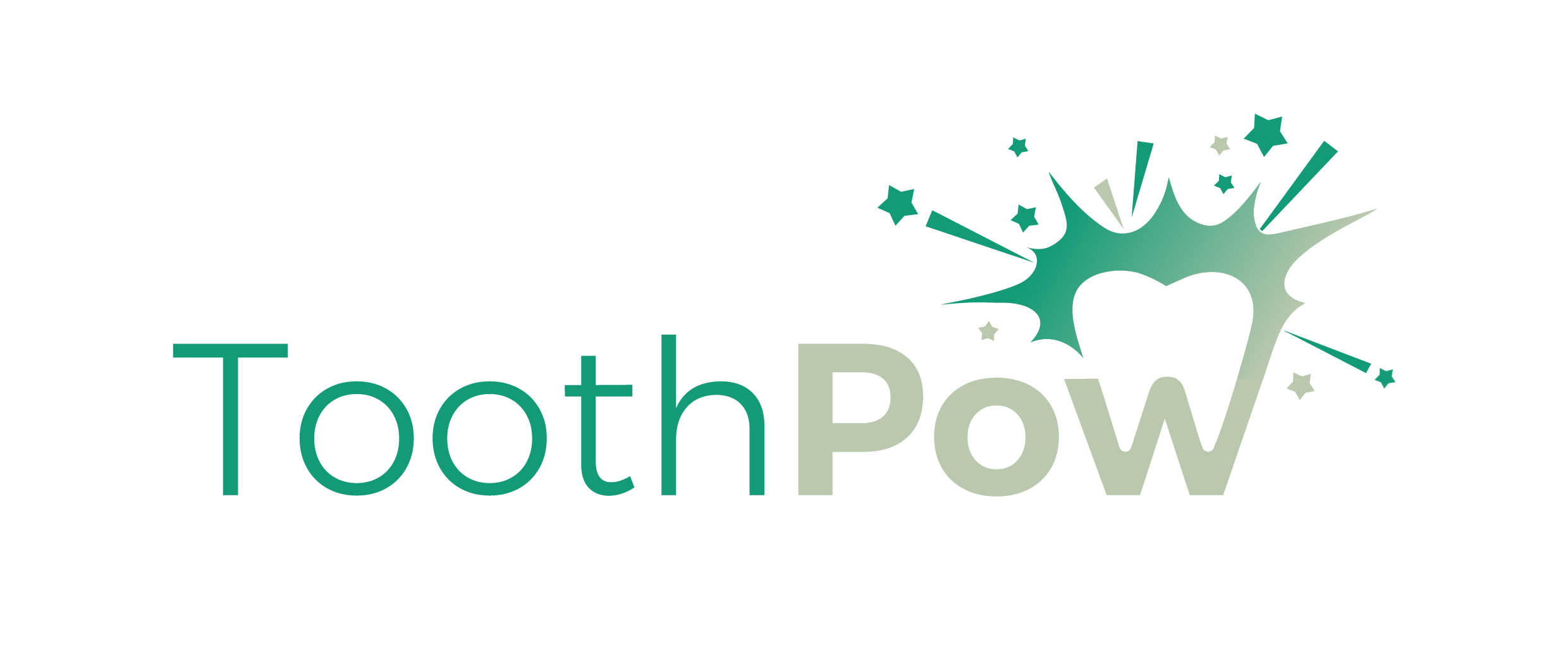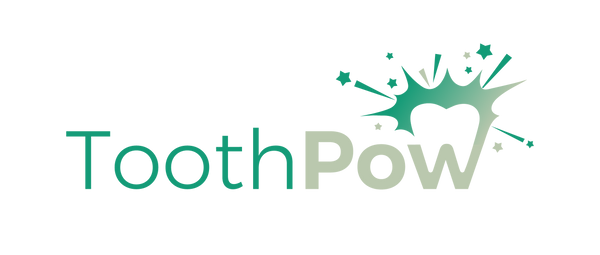Oil Pulling: How Long Should You Do It?
Oil pulling is a traditional Ayurvedic practice that involves swishing oil in your mouth to improve oral hygiene and overall health. The technique is rooted in ancient practices aimed at detoxifying the body and enhancing dental health. In this section, we'll delve into what oil pulling is, its origins, and the traditional oils used for this practice.
What is Oil Pulling?
Oil pulling is a simple yet profound oral detoxification procedure that has been used for centuries to cure a variety of ailments. The process involves swishing a tablespoon of oil in your mouth on an empty stomach for around 15 to 20 minutes. This action is believed to draw out toxins from your body, improving not only oral health but also contributing to overall wellbeing.
Historical Significance
Historically, oil pulling has its roots in Ayurvedic medicine, which dates back over 3,000 years in India. The practice was designed to prevent decay, oral odor, bleeding gums, dryness of throat, and cracked lips, and to strengthen teeth, gums, and the jaw.
Oils Used in Oil Pulling
Traditionally, sesame oil was the choice for oil pulling, attributed to its potent antibacterial properties. However, modern practitioners often prefer coconut oil because it contains lauric acid, known for its anti-inflammatory and antimicrobial effects, making it effective against bacteria associated with dental cavities and gum diseases.
Why Choose Natural Oils?
The choice of oil is crucial in the practice of oil pulling. Natural oils like coconut or sesame are preferred over synthetic or heavily processed options because they are free from added chemicals and preservatives. These natural oils not only provide a holistic approach to dental care but are also more gentle on the oral biome.
How Oil Pulling Works
Understanding the mechanism behind oil pulling can help clarify how this ancient practice benefits modern oral hygiene.
Emulsification of Bacteria and Toxins
When you swish oil in your mouth, it emulsifies and increases in volume, which helps in trapping and removing oral bacteria and toxins. This process essentially 'pulls' the bacteria from the crevices between teeth and under the gumline.
Anti-inflammatory and Antibacterial Effects
The oils commonly used in oil pulling, especially coconut oil, have inherent anti-inflammatory and antibacterial properties. These properties are crucial in reducing gum inflammation and combating pathogens that cause bad breath and dental decay.
Enhancing Oral Hygiene
By integrating oil pulling into your daily routine, you can enhance the effectiveness of your oral hygiene practices. Oil pulling is not meant to replace brushing or flossing but is used in conjunction to help maintain a cleaner and healthier oral environment.
Clinical Evidence and Personal Testimonies
While clinical studies on oil pulling are limited, there is a growing body of anecdotal evidence supporting its benefits. Many individuals report improved gum health, whiter teeth, and fresher breath. However, it is important to approach these personal accounts with a critical eye and consider integrating scientific research and dental advice when evaluating the efficacy of oil pulling.
Addressing Skepticism and Encouraging Safe Practices
Given the traditional nature of oil pulling and the scarcity of conclusive scientific research, skepticism remains. It's crucial for individuals interested in this practice to approach it cautiously, start slowly, and adjust the duration and frequency based on personal comfort and response.
Conclusion: A Complementary Practice
Oil pulling is a complementary dental practice that should be used in conjunction with conventional oral hygiene methods like brushing with fluoride-free toothpaste and flossing. This practice is not a cure-all but can be a beneficial addition to enhance oral health and hygiene.
In the next section, we will explore the specific benefits of oil pulling in more detail, providing a deeper understanding of how this ancient practice can be adapted to benefit modern dental care.
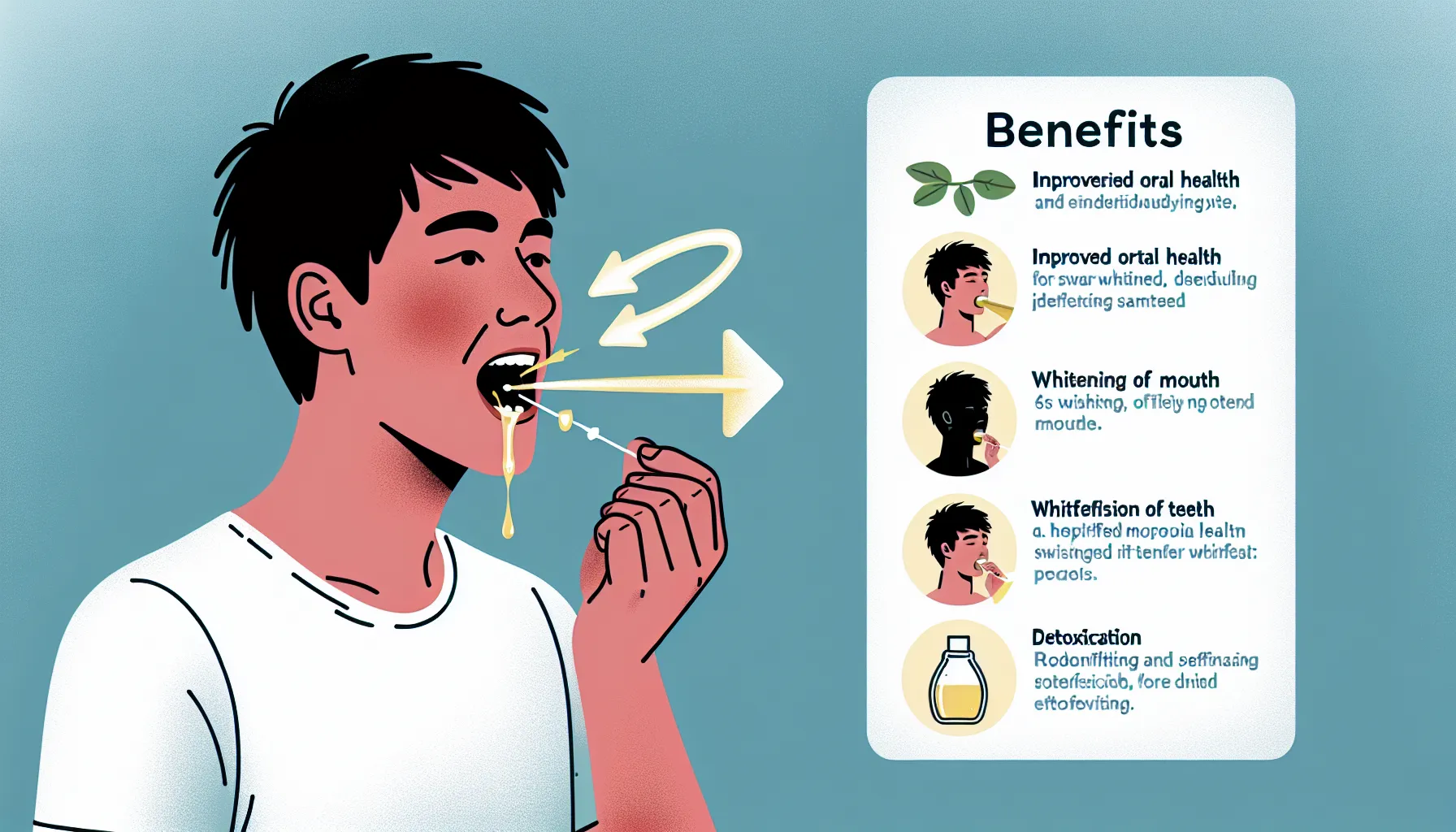
Benefits of Oil Pulling for Oral Health
Oil pulling has been advocated for its multiple oral health benefits, based on both traditional claims and some modern studies. In this section, we explore the specific advantages of incorporating oil pulling into your daily oral hygiene routine.
Reduction of Harmful Oral Bacteria
One of the primary benefits of oil pulling is its ability to reduce the levels of harmful bacteria in the mouth. Studies have shown that oil pulling can significantly decrease the count of Streptococcus mutans, the primary bacteria responsible for tooth decay. This reduction is crucial in preventing cavities and enhancing overall oral health.
Plaque and Gingivitis Prevention
Regular oil pulling has been shown to reduce plaque buildup and gingivitis. Plaque is a biofilm composed of bacteria that forms on teeth and can lead to dental issues if not adequately controlled. By reducing plaque, oil pulling helps prevent the inflammation of the gums known as gingivitis, which can progress to more severe gum diseases if untreated.
Whitening of Teeth
Many practitioners of oil pulling report an improvement in the whiteness of their teeth. While there is limited scientific evidence to support the whitening effect of oil pulling, it is believed that the oil's pulling action helps remove stains from tooth surfaces, leading to a brighter, more radiant smile.
Improvement in Breath Freshness
Halitosis, or bad breath, can often be attributed to the presence of bacteria in the mouth that produce foul-smelling compounds. Oil pulling helps remove these bacteria, significantly improving breath freshness. This benefit is particularly appreciated by those who suffer from chronic bad breath.
Enhancing Oral Hygiene
Integrating oil pulling into your oral care routine can enhance overall hygiene. By reducing bacteria and plaque, oil pulling complements other hygiene practices, such as brushing and flossing, ensuring a more thorough clean and maintaining optimal oral health.
Scientific Backing and Clinical Studies
While the benefits of oil pulling are widely reported by users, it is important to consider the scientific evidence behind these claims:
Bacterial Reduction: Clinical studies have documented that oil pulling can reduce the number of oral bacteria in the biofilm and saliva, confirming its antibacterial properties.
Plaque Inhibition: Research indicates that oil pulling is effective in reducing plaque formation, which is a significant factor in the prevention of gingivitis and other periodontal diseases.
Supportive Anecdotal Evidence: Numerous personal testimonials suggest improvements in oral health conditions, including gum health and breath freshness, though these should be approached with caution and not taken as conclusive evidence.
Limitations and Considerations
While oil pulling is beneficial, it's important to acknowledge its limitations:
Time-Consuming: The recommended duration of 15-20 minutes can be impractical for many, making regular practice challenging.
Lack of Comprehensive Studies: The current body of research on oil pulling is not extensive, and more high-quality studies are needed to fully understand its effects and mechanisms.
Not a Standalone Treatment: Oil pulling should not replace traditional oral health practices such as brushing with fluoride-free toothpaste and using dental floss but rather should be used to complement these methods.
Conclusion on Benefits
Oil pulling offers several benefits that can significantly enhance oral health when used in conjunction with standard dental care practices. By understanding both the scientifically supported and anecdotal benefits of oil pulling, individuals can make informed decisions about incorporating this ancient practice into their daily routine.

Proper Techniques for Oil Pulling
To maximize the benefits of oil pulling and ensure safety, it's important to follow the correct techniques. This section will guide you through the step-by-step process of oil pulling, offering tips to enhance its effectiveness and avoid common pitfalls.
Step 1: Choosing the Right Oil
The choice of oil is a critical first step in oil pulling. While traditional practices use sesame or sunflower oil, many modern proponents prefer coconut oil due to its pleasant taste and lauric acid content, which is known for its antimicrobial properties. Ensure the oil is high-quality, cold-pressed, and organic if possible.
Step 2: Timing and Duration
When to Oil Pull: The best time to oil pull is in the morning before eating or drinking anything. This timing helps in dealing with the overnight bacterial build-up.
Duration: Aim to swish the oil around your mouth for about 15-20 minutes. This duration is considered optimal for breaking down plaque and bacteria without causing jaw fatigue.
Step 3: The Technique
Amount of Oil: Use about one tablespoon of oil. This amount allows enough movement in the mouth without overwhelming it.
Swishing Technique: Swish the oil gently around the mouth, pushing and pulling it through the teeth. It’s important not to be too vigorous as this can lead to jaw soreness.
Coverage: Try to move the oil throughout the entire mouth, reaching all areas, including behind the teeth and gums.
Step 4: Ending the Session
Spitting Out the Oil: After 15-20 minutes, the oil should appear milky and thin when it's spit out, indicating that it has mixed thoroughly with saliva and absorbed toxins.
Where to Spit: Always spit the oil into a trash can, not the sink, as it can solidify and clog plumbing.
Rinsing: Rinse your mouth well with warm water to remove any residual oil. Some prefer using salt water for its additional antimicrobial benefits.
Step 5: Post Oil Pulling
After oil pulling, it’s essential to complete your oral hygiene routine:
Brushing Teeth: Brush your teeth thoroughly after rinsing your mouth. This ensures any lingering bacteria are removed. Using a toothpaste that aligns with natural health philosophies, such as those containing nano-hydroxyapatite, can further enhance oral health.
Flossing: Don’t forget to floss to remove any particles or plaque that the oil pulling and brushing didn’t reach.
Tips for Success
Gradual Start: If you’re new to oil pulling, you may want to start with shorter sessions (about 5-10 minutes) and gradually increase as you become more comfortable with the practice.
Frequency: Daily oil pulling is ideal, but if this isn’t practical, aim for at least 3-4 times a week to maintain benefits.
Monitor Effects: Pay attention to how your body responds. If you experience jaw soreness, reduce the duration or frequency.
Conclusion on Techniques
By following these detailed steps and tips, you can effectively integrate oil pulling into your oral hygiene routine, enhancing your dental health and overall wellbeing. With proper technique, oil pulling can be a safe, effective, and enriching practice that complements other dental care measures.

Understanding the Side Effects of Oil Pulling
While oil pulling is generally considered safe and beneficial for most people, it's important to be aware of potential side effects and how to address them. This section will explore common discomforts associated with oil pulling and provide guidance on how to mitigate them.
Common Side Effects of Oil Pulling
-
Jaw Fatigue or Soreness:
Cause: Prolonged swishing can lead to muscle fatigue or soreness, especially if you are not used to the activity.
Mitigation: Start with shorter sessions and gradually increase the duration as your jaw muscles strengthen. Additionally, ensure that your swishing technique is gentle and not overly vigorous.
-
Nausea:
Cause: Swallowing a small amount of oil or simply the texture and taste of the oil can lead to feelings of nausea for some individuals.
Mitigation: Make sure not to swallow the oil during pulling. If nausea persists, consider switching to a different type of oil or reducing the amount used.
-
Unpleasant Taste:
Cause: Some people may find the taste of certain oils used for pulling to be unpleasant.
Mitigation: If the taste of the oil is too strong, try a different type with a milder flavor, such as sunflower or flavored coconut oil.
Rarer Side Effects and How to Deal With Them
-
Upset Stomach:
Cause: Accidental swallowing of the oil can lead to stomach discomfort.
Mitigation: Be cautious to spit out all the oil at the end of your session and rinse your mouth thoroughly. If stomach upset continues, consider reducing the oil pulling duration or frequency.
-
Lipoid Pneumonia:
Cause: Very rare cases of lipoid pneumonia have been reported, which occurs when oil is accidentally aspirated into the lungs.
Mitigation: Always swish gently and be mindful not to gargle or allow the oil to go too far back in your mouth. If you are prone to coughing or gagging, oil pulling may not be suitable for you.
-
Allergic Reactions:
Cause: Some individuals may have allergies to specific oils.
Mitigation: Choose oils that you have previously consumed without any allergic reactions. If you experience symptoms such as itching, rashes, or swelling, discontinue use immediately and consult a healthcare provider.
Safety Tips for Effective Oil Pulling
Technique: Always use a proper technique for oil pulling, focusing on gentle swishing without inhaling the oil.
Post-Pulling Care: After spitting out the oil, rinse your mouth with warm salt water to clean out any residual oil and debris. Follow up with your normal dental hygiene routine.
Consultation: If you have any specific oral health issues, consult with a dentist before starting oil pulling, especially if you have dental restorations, as the oil may affect some materials.
Conclusion on Side Effects
Understanding and addressing the side effects associated with oil pulling is crucial for a safe and beneficial practice. By following the guidelines provided, you can enjoy the benefits of oil pulling while minimizing any potential discomforts.

Frequently Asked Questions About Oil Pulling
When it comes to oil pulling, several common questions arise, especially for those new to the practice. Here, we'll address these queries to help clarify any doubts and provide insights into making oil pulling a beneficial part of your oral hygiene routine.
Do You Brush Your Teeth Before or After Oil Pulling?
Recommended Practice: It's best to oil pull before brushing your teeth. This allows the oil pulling to loosen and bind with bacteria and plaque, which can then be more effectively removed by subsequent brushing and flossing.
Why After is Better: Brushing immediately after oil pulling helps ensure that any loosened plaque and bacteria are completely removed from your mouth, enhancing oral cleanliness.
Can You Overdo Oil Pulling?
Moderation is Key: While oil pulling is safe, doing it excessively can lead to jaw soreness or fatigue. Limit your sessions to once a day, and consider reducing the duration if you experience discomfort.
Listen to Your Body: If you notice any adverse effects, such as prolonged soreness or sensitivity, it may be a sign to cut back on the frequency or duration of your oil pulling sessions.
How Do I Know if Oil Pulling is Effective?
Subjective Observation: You might notice fresher breath, a cleaner feeling in your mouth, and reduced plaque buildup. These changes can indicate that oil pulling is working effectively as part of your oral hygiene regimen.
Professional Feedback: For a more objective assessment, consider discussing your oil pulling practice with your dentist during regular check-ups. They can help determine if the practice is beneficial for you based on professional dental evaluations.
Is Rinsing Necessary After Oil Pulling?
Importance of Rinsing: After spitting out the oil, it's advisable to rinse your mouth thoroughly with water or a mild salt solution. This helps remove any residual oil and loosened debris, preventing reabsorption and ensuring that your mouth is clean.
Final Steps: Following up with brushing and flossing after rinsing ensures that your oral hygiene is thorough, leaving no harmful residues behind.
What Should You Avoid Doing After Oil Pulling?
Eating and Drinking: Avoid consuming any food or drinks for at least 30 minutes after oil pulling. This period allows your oral environment to stabilize and benefits from the oil pulling to take effect.
Harsh Chemicals: Immediately using mouthwashes or other oral products with strong chemicals might negate some of the benefits of oil pulling. If you choose to use these products, wait a while after oil pulling.
-
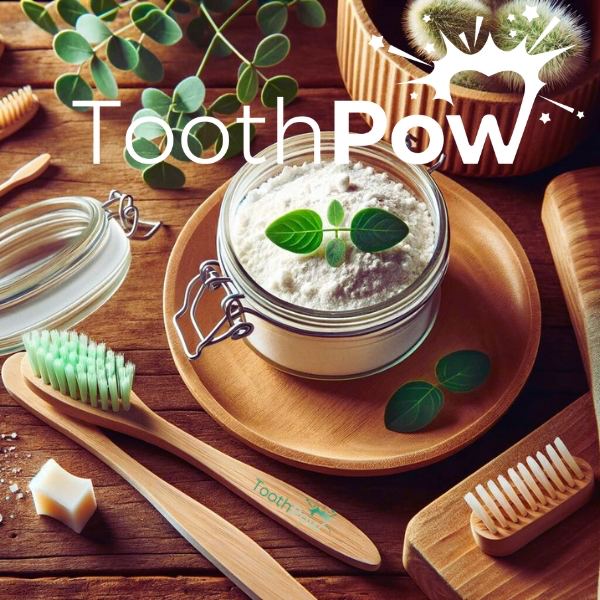
Integrating Oil Pulling with Other Oral Hygiene Practices
Oil pulling is a beneficial addition to your oral hygiene routine, but it's important to remember that it should not replace traditional practices like brushing and flossing. Here's how to effectively integrate oil pulling into your daily oral care to enhance overall dental health.
Establishing a Complete Oral Hygiene Routine
Morning Ritual: Begin your day with oil pulling before you eat or drink anything. Swish the oil in your mouth for about 15-20 minutes. After spitting it out, proceed with your normal brushing routine using a soft-bristled toothbrush and fluoride-free toothpaste, if preferred.
Evening Care: At night, ensure you floss thoroughly to remove any food particles and plaque that have accumulated during the day. Follow up with brushing and consider using a herbal or alcohol-free mouthwash to further reduce bacterial load and freshen your breath.
Complementing Oil Pulling with Other Practices
Tongue Scraping: After oil pulling and brushing your teeth, use a tongue scraper to remove any residue from the tongue’s surface. This practice not only contributes to better oral hygiene but also enhances your sense of taste and combats bad breath.
Regular Dental Check-ups: Even with diligent at-home care, regular visits to the dentist are crucial for maintaining oral health. Dentists can provide professional cleanings, identify potential issues early, and give personalized advice tailored to your dental needs.
Adjustments for Special Dental Conditions
For Sensitive Teeth: If you have sensitive teeth, consider using a toothpaste specifically designed for sensitivity after oil pulling. This can help protect vulnerable enamel and reduce discomfort.
When Using Dental Appliances: For those with braces or other dental appliances, oil pulling can help maintain hygiene in hard-to-reach areas. However, ensure you follow up with specialized cleaning tools like interdental brushes or water flossers to clean around brackets and wires effectively.
Conclusion on Integrating Oil Pulling
Integrating oil pulling into your oral hygiene routine can provide additional benefits like reducing plaque and enhancing gum health. However, it should complement, not replace, fundamental practices such as brushing and flossing. Always adapt your oral care routine to suit your specific dental health needs, and consult with your dentist to tailor your practices appropriately.
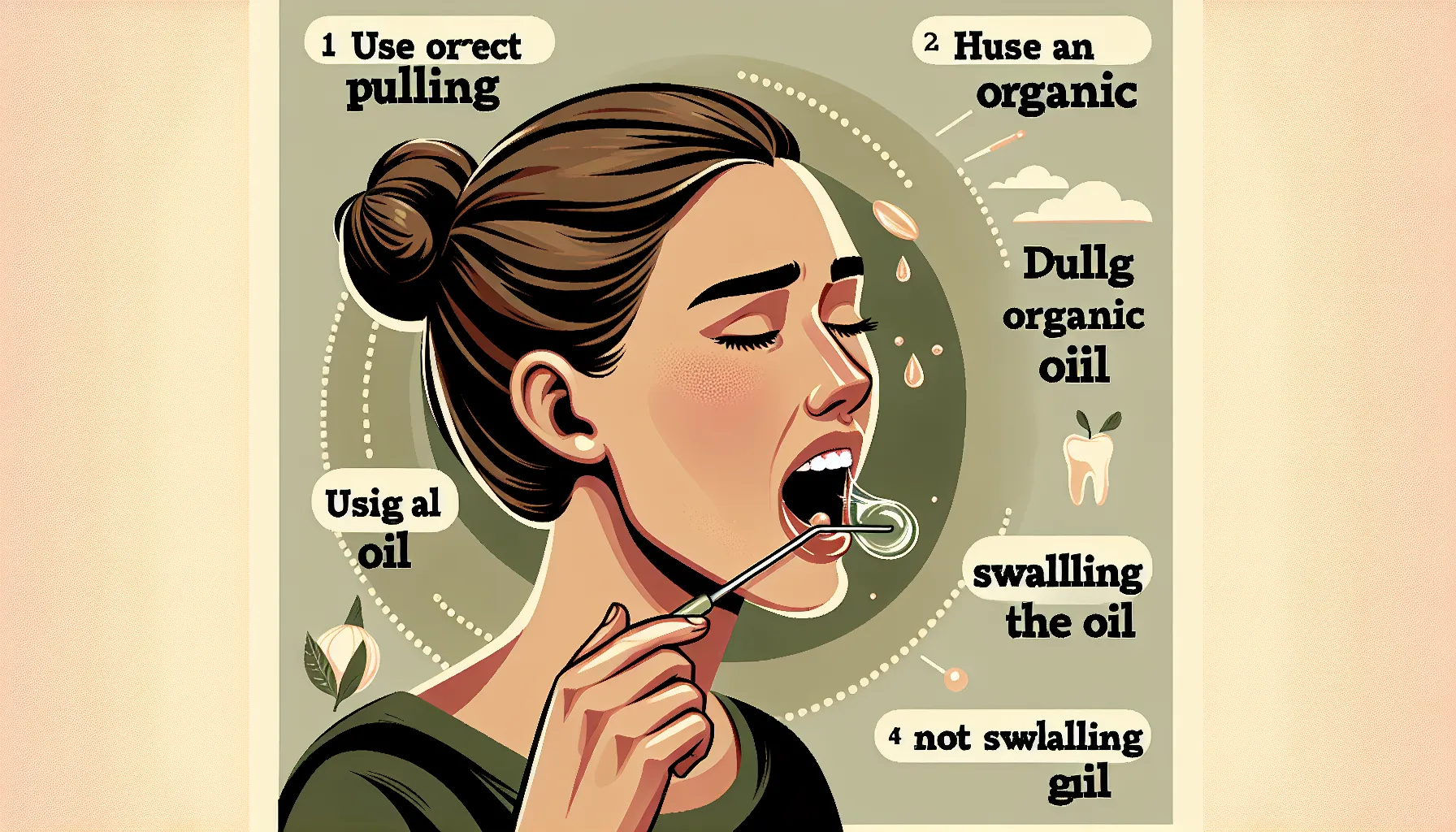
Benefits and Limitations of Oil Pulling Compared to Traditional Oral Hygiene Methods
Oil pulling is an ancient practice that has gained modern popularity as a supplementary oral hygiene method. Here, we'll discuss the specific benefits and limitations of oil pulling and compare it to traditional methods such as brushing and using mouthwash.
Benefits of Oil Pulling
Reduction in Plaque and Bacteria: Oil pulling is known for its ability to reduce plaque buildup and decrease the number of harmful bacteria in the mouth. This can lead to improvements in overall oral health, including fresher breath and reduced risk of gum disease.
Whitening Effect: Many people report that regular oil pulling helps to naturally whiten their teeth. This is believed to be due to the oil's ability to pull stains from the surface of the teeth.
Chemical-Free: Oil pulling is a natural, chemical-free method of oral care. For individuals looking to reduce their exposure to chemicals found in commercial dental products, oil pulling provides a simple and effective alternative.
Gum Health: The mechanical action of swishing oil helps to stimulate the gums, which can improve circulation and help to keep the gums healthy.
Limitations of Oil Pulling
Time-Consuming: One of the major drawbacks of oil pulling is the time commitment required. Effective oil pulling requires swishing oil in the mouth for 15-20 minutes, which can be inconvenient for many people's daily routines.
Lack of Fluoride: Unlike fluoridated toothpastes, oil pulling does not provide fluoride, which is essential for strengthening tooth enamel and preventing decay. Those who exclusively rely on oil pulling may miss out on the protective benefits of fluoride.
Limited Scientific Evidence: While there are anecdotal reports supporting the benefits of oil pulling, there is limited scientific research to back up these claims. More comprehensive studies are needed to fully understand its effectiveness.
Comparison to Traditional Methods
Brushing and Flossing: Brushing twice a day with toothpaste and flossing regularly are the most recommended methods for removing dental plaque and preventing dental diseases. Oil pulling cannot remove plaque and debris as mechanically effective as brushing and flossing.
Using Mouthwash: Mouthwash can quickly freshen breath and, depending on the type, kill bacteria or provide fluoride. Oil pulling also freshens breath and reduces bacteria but lacks the immediate effect and ease of use that mouthwash offers.
Integration for Optimal Oral Health
For those interested in integrating oil pulling into their oral care routine, it should be used in addition to, not instead of, brushing, flossing, and the use of mouthwash. Combining oil pulling with these traditional methods can enhance your oral hygiene regimen and help address a broader spectrum of oral health concerns.
Conclusion
While oil pulling has its benefits, particularly in terms of reducing bacteria and whitening teeth, it does not replace the comprehensive care provided by brushing and flossing. For best results, individuals should use oil pulling as a supplement to their regular oral care routine and consult with their dentist to ensure their overall oral health needs are being met.
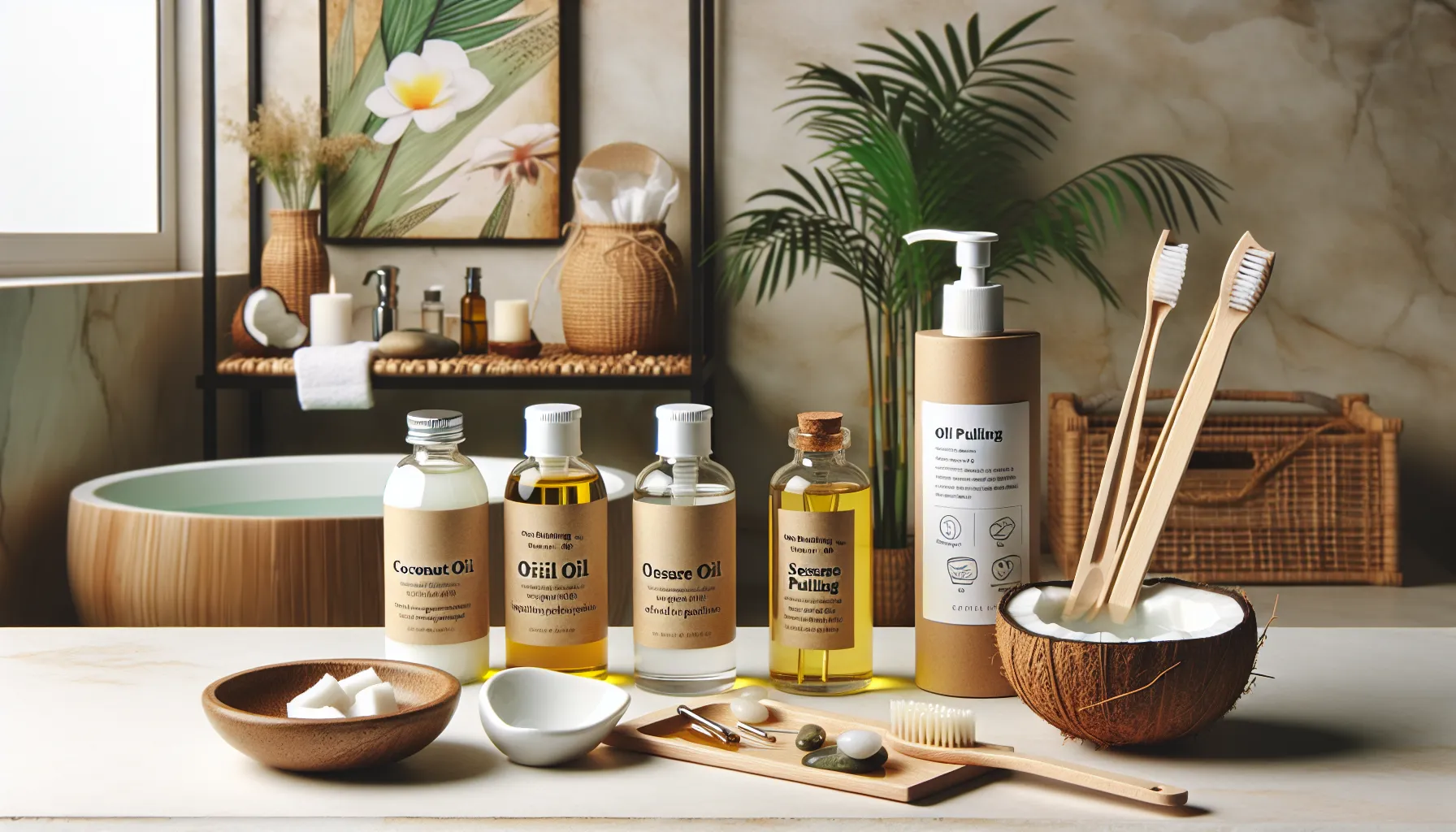
Choosing the Right Oil for Oil Pulling
Selecting the appropriate oil for oil pulling is crucial to ensure comfort during the process and to maximize potential health benefits. Here, we'll explore the different types of oils commonly used for oil pulling and discuss their specific properties and benefits.
Commonly Used Oils for Oil Pulling
Coconut Oil: This is one of the most popular choices for oil pulling due to its mild flavor and high lauric acid content, which is known for its antimicrobial properties. Coconut oil is solid at room temperature but quickly liquefies once in the mouth, making it easy to swish around.
Sesame Oil: Traditionally used in Ayurveda, sesame oil is valued for its nutrient-rich profile and anti-inflammatory properties. It has a slightly stronger taste compared to coconut oil, which some people may find more intense.
Sunflower Oil: Another oil traditionally used for oil pulling, sunflower oil is lighter and has a mild taste. It is less viscous than sesame oil, making it easier for some people to swish for the recommended 15-20 minutes.
Olive Oil: While not as commonly used, olive oil can also be effective for oil pulling. It's rich in antioxidants and has anti-inflammatory properties. However, its stronger flavor may not be pleasant for everyone when used for oil pulling.
Factors to Consider When Choosing Oil
Taste Preference: Since oil pulling involves swishing oil in your mouth for an extended period, choosing an oil with a pleasant or at least tolerable taste is important. Coconut oil is often preferred for its relatively neutral and agreeable flavor.
Texture: Consider the texture of the oil. Some people may find thicker oils uncomfortable to swish, while others might prefer a thicker consistency that feels more substantial in the mouth.
Allergic Reactions: Ensure you are not allergic to the oil you choose. People with allergies to specific nuts or seeds should avoid oils derived from these sources.
Quality of Oil: Opt for high-quality, unrefined, cold-pressed oils. These oils are minimally processed, retaining more of their natural vitamins and minerals, which can be beneficial for oral health.
Tips for Effective Oil Pulling
Start with a smaller amount of oil (about 1 tablespoon) and gradually increase to a comfortable quantity, as too much oil can make swishing difficult and uncomfortable.
Swish gently to avoid jaw fatigue. The goal is to move the oil around the mouth thoroughly but comfortably.
Always spit out the oil into a trash can or tissue, not the sink, as oils can solidify and clog plumbing.
Rinse your mouth with warm water after spitting out the oil to remove any residual oil before proceeding with your usual dental hygiene routine.
Conclusion
Choosing the right oil for oil pulling is largely a matter of personal preference, but considering factors such as taste, texture, and quality can enhance your experience. Regardless of the oil chosen, the practice should complement, not replace, traditional oral hygiene practices like brushing, flossing, and using mouthwash. Regular consultations with your dentist will ensure that your oral health regimen is effective and appropriate for your needs.
